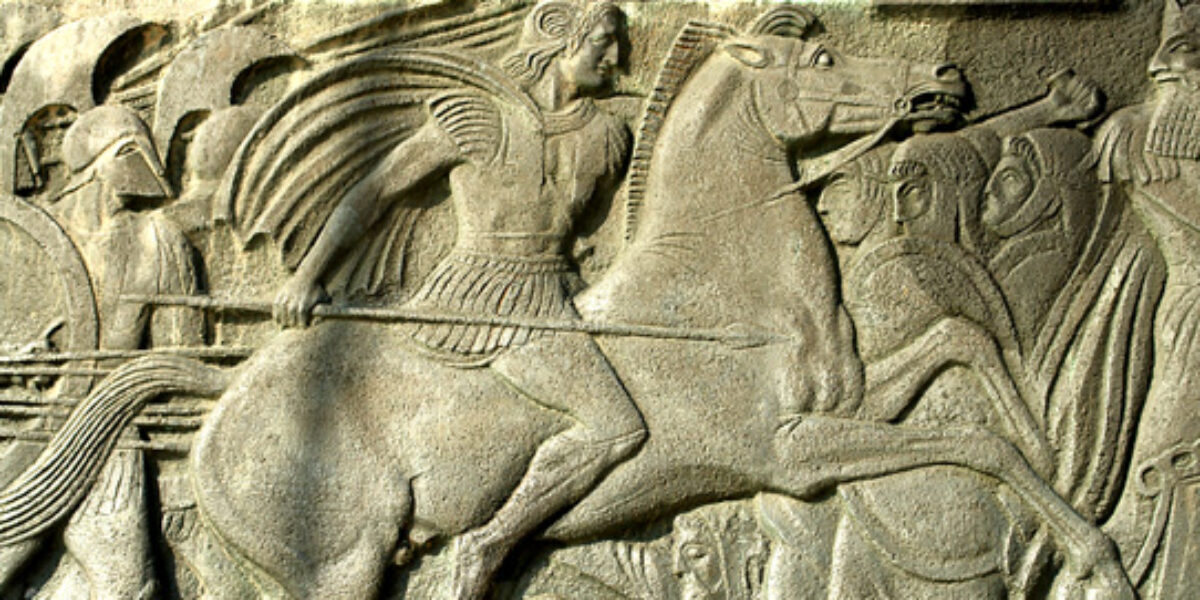What was the average height of men in New Testament times? What kind of coins were used during the period of the exile? Archaeology helps us learn about daily life in biblical times.
Some archaeological finds provide us with information on what life was like in biblical times in the ancient world. We have glimpses of how the royal and military rulers governed their countries; how people earned a living, produced food and goods; how buildings were built; how people worshiped, what they believed about how the world came into existence, and what they believed the future held for them.
Cultural information about the ancient world has come from many different sources. The Code of Hammurabi describes the practice of a woman asking her husband and her handmaiden to have a baby together if the wife has not been able to get pregnant. This may have been the same custom described in Genesis 16, where Sarah asks Abraham and Hagar to have a baby together because Sarah has not been able to have children.
Another important archaeological find that reflects biblical culture are coins from the same period as those described in Ezra 2:69 and Nehemiah 7:70-72. They are especially useful in identifying local and regional authorities and helping scholars to establish dates.
Archaeological discoveries of ivory carvings, religious figurines, pottery, jewelry, and even animal and human bones have provided additional clues about the culture of biblical times. Skeletons found from the time of Jesus show that the average height of people was just over five feet. They also confirm that people were indeed nailed to a cross (crucified) as a form of capital punishment as described in the Gospels. See the article called “Crucifixion.” The foot bones of one male skeleton, for instance, had a nail in them and the lower leg of the man had been broken. John describes both crucifixion in general and the practice of breaking a condemned person’s legs (John 19:18, 32).
Other archaeological discoveries reveal much about the types of architecture and building projects undertaken by the Romans who ruled over Palestine during the time of Jesus. Portions of the Jewish temple built by Herod the Great can still be seen, as can the ruins of ancient temples built to honor Greek and Roman gods. All of these are useful to people who want to understand the biblical world, because the early church developed from the Jewish religion but included people from other backgrounds as well.




